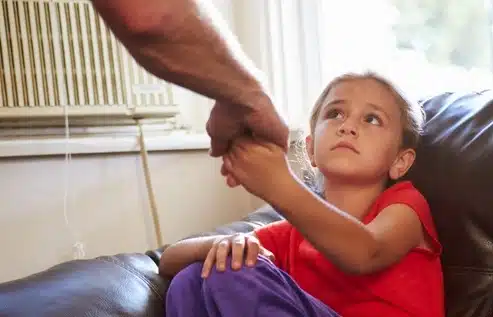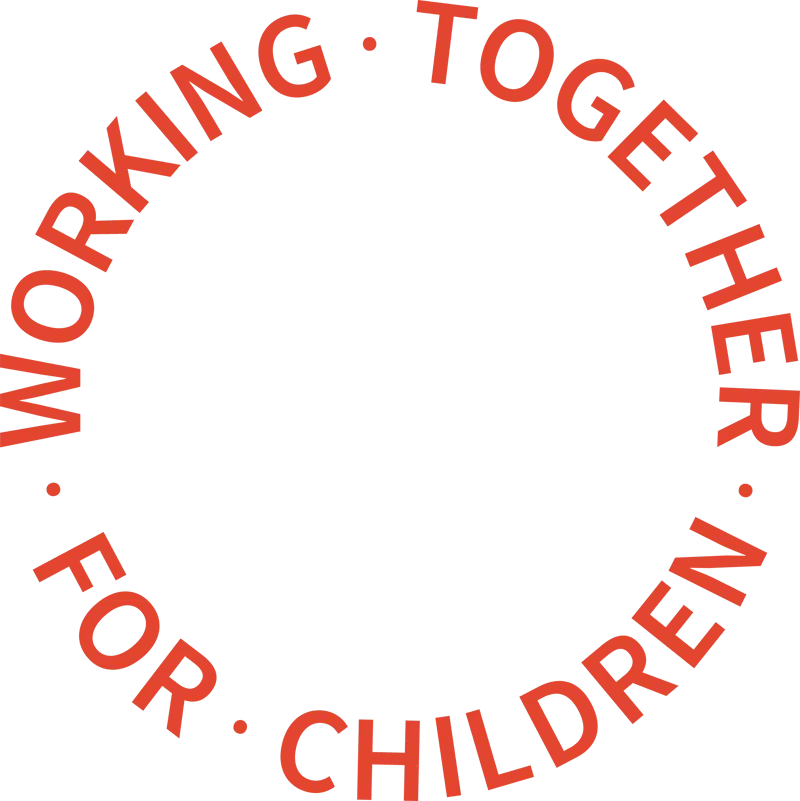Weak information sharing and risk assessment is hindering child protection practice, the annual report of The Child Safeguarding Practice Review Panel has found.

The Panel was notified of 482 serious incidents between 1 January and 31 December 2020, relating to 514 children. Of those 482 notifications, 206 were in relation to child deaths and 267 related to serious harm.
Child Safeguarding Practice Review Panel Chair, Annie Hudson said: “During 2020 professionals working to safeguard vulnerable children showed extraordinary ability and resourcefulness in the way that they adapted and innovated in response to the COVID-19 pandemic.
“The national Panel focusses on the most serious cases of child abuse and neglect; through this specific lens, we have been able to highlight the urgent need for everyone involved in safeguarding children to address some of the stubborn challenges which have bedevilled much child protection practice.
“Issues related to effective information sharing, risk assessment and decision making have assumed even greater significance over the past year. It is vital therefore that government departments work together, and with the Panel and local safeguarding partners, to tackle these challenges in what is always very challenging and difficult but potentially lifesaving work,” added Ms Hudson.
Stubborn challenges
The report acknowledges that during this unprecedented year, local safeguarding partners have shown resilience, creativity and adaptability to maintain support for vulnerable children and families during the COVID-19 pandemic.
However, it is the “stubborn challenges” such as weak information-sharing and risk assessments which have too often over the decades “persistently beset child protection practice” and which all agencies need to address.
Examples include initial risk assessments not being updated in response to new information about parental mental health concerns and alcohol and substance misuse, or information of previous convictions for sexual offences not being shared due to a lack of understanding about GDPR and data protection regulations.
The report shows that of the 514 children involved in the incidents notified, 274 (53%) were male and 238 (46%) were female. There were two transgender young people. The majority involved infants under the age of one (35%), followed by 15 to 17-year-olds (30%). Almost 70% of children were of White British ethnicity. However, compared with the ethnic breakdown of the 0-17 population in the 2011 census, there was a higher proportion of ethnic minority children among the cases notified to the Panel. This was particularly marked among black teenagers and among mixed ethnicity children of all age groups. Those from Asian ethnic groups were under-represented in all age groups compared with the general population.
Domestic Abuse
There were 206 fatal incidents.
- 36 (17%) were caused by maltreatment within the family
- 17 (8%) were extra-familial assaults or homicide
- 63 (31%) were sudden unexpected deaths in infancy (SUDI)
- 42 (20%) were suicides.
A further 20 (9.7%) were related to, but not directly caused by maltreatment. Domestic abuse featured in 41% of fatal cases and neglect was a feature in 35%. SUDI formed the most common category of fatal cases and was the focus of the Panel’s second national thematic review, published in July 2020.
Suicide in young people remains an important issue, accounting for 20% of all incidents. Young people’s feelings of isolation during the COVID-19 lockdown were a contributory factor in a number of incidents. It was not always clear whether a suicide was linked to suspected abuse or neglect. Often there was not a single trigger event.
Non-fatal physical abuse, such as unexplained bruising or fractures, was the most common form of non-fatal serious harm (22%), followed by young people involved in risk-taking or violent behaviour (11%) and child sexual abuse (10%). Neglect was the primary form of serious harm to children in 7% of incidents. However, it was an underlying feature of 35% of fatal incidents and 34% of non-fatal incidents.
Domestic abuse was recognised in over 40% of incidents, predominantly involving the father as perpetrator and mother as victim (74%). In 2021 the Panel will be commissioning a national practice-based review of cases involving domestic abuse.
Escalating Risks
Parental mental ill-health was a characteristic in 146 incidents, the majority relating to mothers (78%). There was a lot of overlap in parental and family risk factors, indicating a degree of cumulative harm in many of the families.
The combination of domestic abuse and substance misuse appeared to be particularly strong, accounting for 24% of all incidents. Learning from case reviews shows that these concerns are not sufficiently taken into account in assessing risks to children.
The report highlights the impact of COVID-19 as follows:
- Agencies working in child safeguarding faced major challenges during the pandemic and needed to adapt practice quickly to maintain support and protection for vulnerable children and families.
- The Panel identified four key factors that increased vulnerability and risk for children and young people during the pandemic: parental and family stressors were a strong factor in escalating risk, particularly in incidents involving babies under 12 months old. Disrupted routines and overcrowding increased pressures and tensions in households, with increased incidence of domestic violence and mental health concerns.
- Learning from the impact of school closures in the first lockdown period in 2020 reinforced the crucial role that schools play in child safeguarding. Some vulnerable children remained ‘below the radar’ as school was not available as a source of support or trusted environment to disclose concerns.
- Being away from the support of friends, trusted adults and school appeared to have a particular impact on children and young people’s mental health and was evident in all cases of suicide.
- Adaptations for COVID-safe practice meant that home visits were often replaced with telephone contact or virtual visits. Where these worked well, practitioners were able to observe the family and home environment and assess changing risk and need. Partnerships are identifying opportunities to take forward the learning from these adaptations into a more blended approach to work with families through a combination of visits and remote support, appropriate to needs and risk.
Effective Leadership
The report also identifies six cross-cutting practice themes for safeguarding partners to make a difference in reducing serious harm and preventing child deaths in the context of abuse or neglect. These themes are:
- Understanding what the child’s daily life is like
- Working with families where their engagement is reluctant and sporadic
- Critical thinking and challenge
- Responding to changing risk and need
- Sharing information in a timely and appropriate way
- Organisational leadership and culture for good outcomes
“These themes are not new, but they are the most urgent, and also the most difficult. Underpinning all of them is the importance of effective leadership and culture – dimensions which too often are left unexplored in the case reviews that we see. We expect these six themes to be a focus for shared learning with safeguarding partnerships, and nationally, to improve the safeguarding system,” the report concluded.

